How Do I Get Rid of Mould in My House?
Dealing with mould during their lives. Some ignore it, whereas others decide to treat it. Often, people overlook some of the things they have right in their own homes that can effectively treat mould.
Although there are products designed specifically for mould removal, you can use items such as vinegar or bleach to help to remove mould.
In this blog we will be answering the question ‘How do I get rid of mould in my house?’
To prevent mould, fresh air should constantly be introduced into your dwelling daily, as it helps to regulate temperature and reduce condensation. Introducing fresh air can be as simple as having a ventilation routine, or installing extractors or PIV systems. Almost all of this is facilitated by ducting.
I-Sells is here to provide the answers you need whilst also supplying you with all the information you need to combat mould and have a well-ventilated home.
Mould and its effects
Mould, otherwise known as damp, is a fungus that grows on wet surfaces. Mould comes in a variety of colours: Black, Green, Brown, Grey and White. It can be difficult to identify mould by colour as it can occur in many shades. Some of the most common mould strains in the home are:
- Black Mould – Also called Stachybotrys chartarum, Black mould is commonly found in bathrooms and wet rooms but can also occur on cold exterior walls in habitable rooms such as the bedroom or living room.
- Cladosporium – Commonly found in bathrooms, under sinks, and around faucets but it can grow on surfaces like carpets, furniture, walls, and floors.
Mould reproduces from tiny spores. The spores float through the air and deposit on the surfaces. Under adequate temperature, moisture, and nutrient conditions, the spores can form new mould colonies.
If you have found mould in your home, you need to assess if this is your landlord’s responsibility (for example it could be from a leaking roof that needs repairing). Or if the dampness is caused by improper ventilation. To assess your options, click here.
How can mould affect my health?
Mould can severely affect your immune and respiratory system, as the spores are easily breathable and not obvious to see through the human eye. Having a mould allergy will result in you displaying the following symptoms when exposed to mould.
- Dry, scaly skin
- Nasal congestion
- A cough
- Watery eyes
- A weakened immune system
Everyone’s symptoms may vary, but if you’re in an environment with mould and experience these symptoms, try your best to remove the mould as soon as possible.
Can any house develop mould?
Yes, any house, or building has the potential to develop mould if the area is left without any ventilation treatment and sealing of cracks and holes.
How do I get rid of mould in my house?
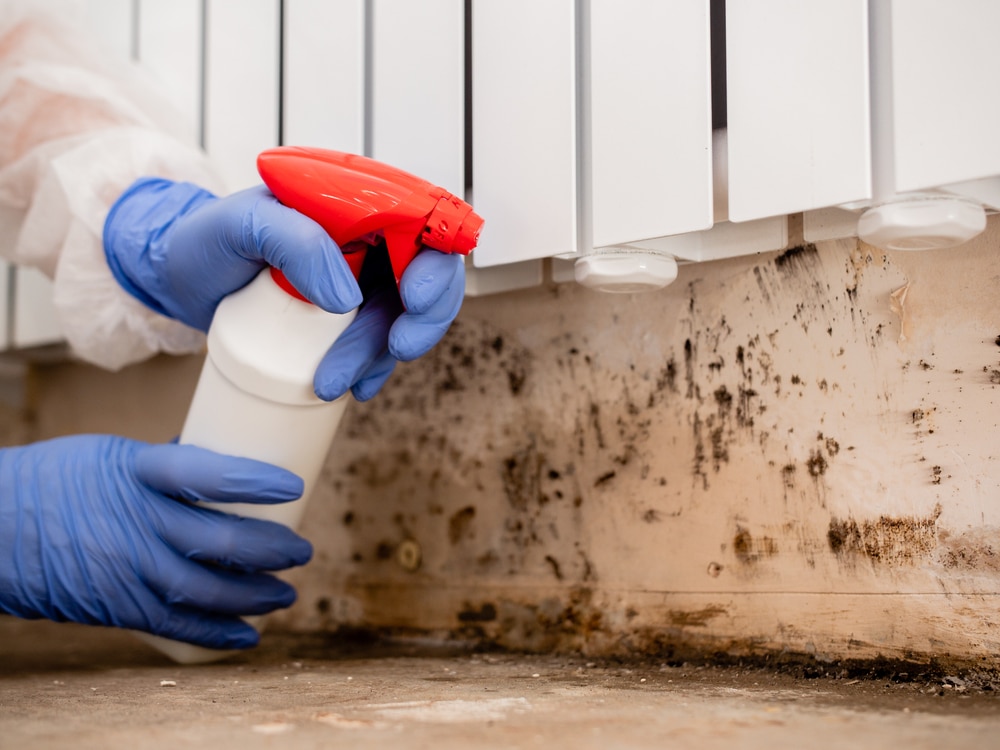
There are two options you can take in treating mould in the house, option one is to get rid of it yourself, the second option is to call a professional to diagnose and remove the mould.
Option one can involve various methods including trying vinegar as an option to remove the mould, or opting to use a mould surface cleaner.
Option two is worth considering if you as the homeowner, or your landlord are unable to remove the mould permanently, it may be worth calling professional mould cleaners. There are companies who can provide this valuable service, and if they are reputable, they should be able to diagnose the source of the mould and recommend what to do.
Why does mould keep coming back?
Mould will always return if there is mould deep beneath the area in which it is visible, or it will always return if the dampness that caused it is not treated. If you’ve removed and replaced the area that was growing the mould and it still returns, then you are dealing with a structural issue. There may be a leak in your building.
Who’s responsibility is it to remove mould?
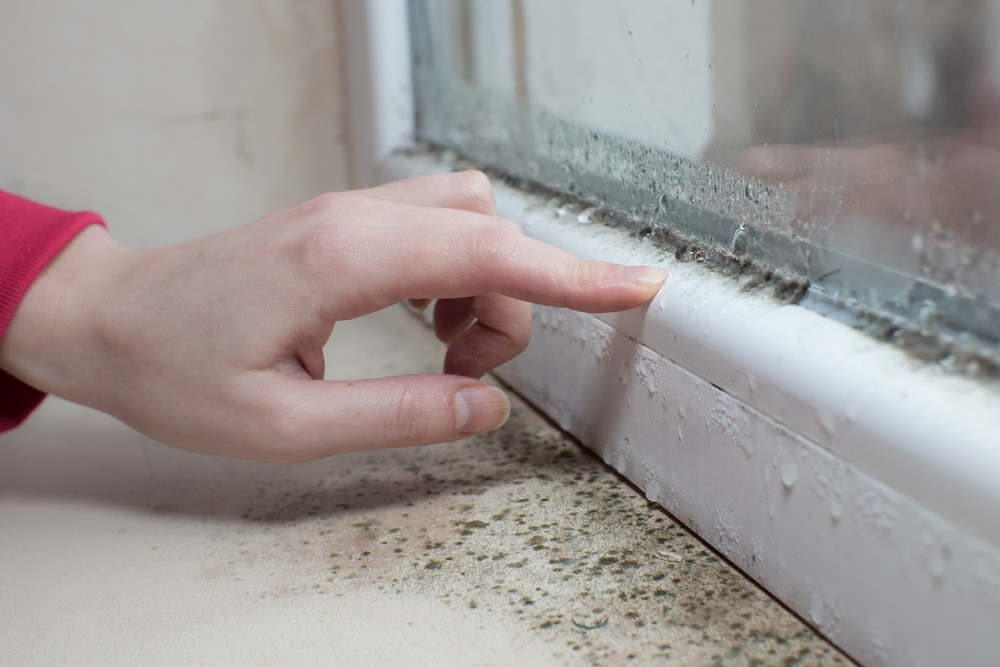
If you are renting a home or building, contacting the landlord is the first option. As they own the building you are living in, it is their responsibility to keep the building habitable. Though complications may occur if the mould didn’t appear prior to your rental agreement.
Even if you can easily treat it with the vinegar method or a surface cleaner, alerting the landlord and making a record of it ensures you have brought it to their attention, thereby if the mould develops and still isn’t treated, you are within your rights to take legal action.
Some readers may find legal action a large step to take over some mould, but there are others who have seen the severity mould inflict on others. Once the severity is understood by everybody, then hopefully everyone can receive the support they need in order to not be a victim to mould.
Are there methods to prevent mould?
Yes, there are multiple methods you can introduce to your routine to reduce the likelihood of mould developing.
Although these are not completely full-proof options to prevent mould, the following tips can greatly aid your efforts in maintaining a mould-free environment, and it can be as simple as:
- Invest in a hygrometer, which monitors humidity levels wherever it is placed
- Open the window when cooking or having a hot shower, this lets steam escape as opposed to all of it being condensation.
- Wipe and treat surfaces that regularly accumulate condensation
- Purchase a PIV system and/or extractor fans
- Remove, repair and replace areas that always grow mould.
- Dispose of mouldy items immediately. As mould can easily spread from almost any surface
Elements that can cause mould
- Steam/condensation buildup with no ventilation
- Windows & doors that aren’t properly sealed.
- Allowing already mouldy items to be left within the home
- Not drying surfaces after they are wet
- Ventilation with mould already inside it
- Leaks that are untreated
- Cracks that allow moisture in
- Not ventilating the building (can be done by opening windows.)
How can I prevent mould with no products?
To prevent mould without the use of any products is relatively simple, granted that you don’t have any issues with leaks, windows or drafts in your home. Ventilation is the most simple method to prevent mould, and it is as easy as opening your windows.
If you’re in a house, open the downstairs and upstairs windows for at least 20 minutes a day. The same can be done in a flat or bungalow.
Another way to help prevent mould is by wiping down any wet surface areas in your home, this can be done with a dry cloth. Don’t forget, moisture is a key element in mould having a place to develop, so removing the moisture will help to prevent this.
Lastly, open your windows when taking hot baths, showers, or cooking, don’t let steam accumulate.
Treat mould today
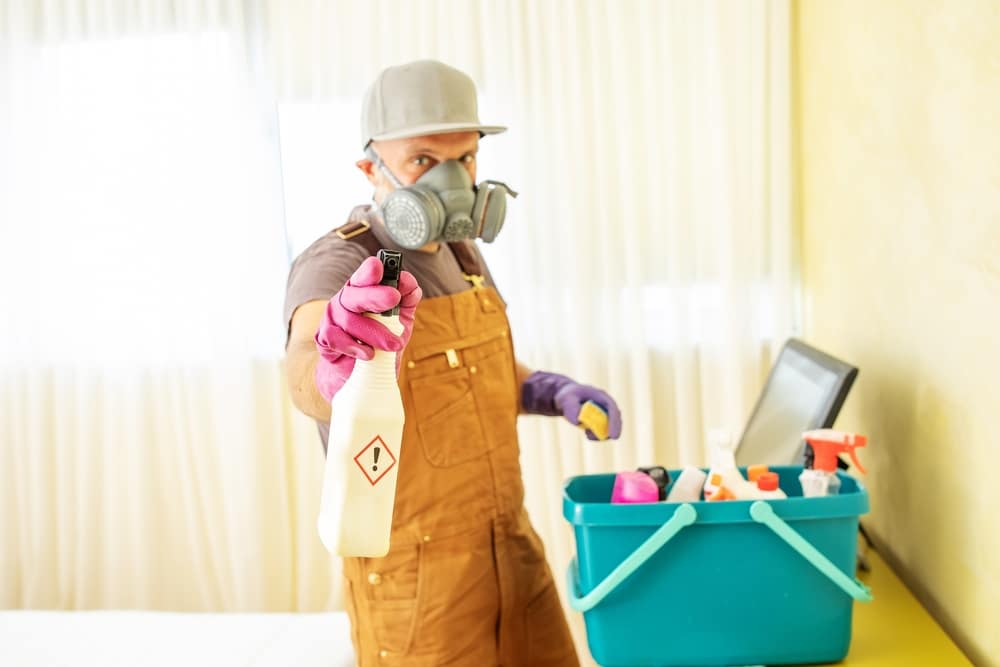
We at I-Sells endeavour to make sure our customers have all the information they need before choosing to invest in our mould solutions. Be sure to visit our blog page to gain knowledge on the wide array of factors and issues surrounding ventilation, mould, condensation, and much more.
We hope to have answered the question ‘How do I get rid of mould in my house?’’
We understand you may have more questions, Do not hesitate to contact us for more information with regard to whatever you need our help with. If you’d like to send us an email, click here. For other contact options, see below:
Call us on 020 8463 9696
Visit us at our showroom:
*OPENING TIMES*
Monday – Friday: 8:00 am to 5:30 pm
Saturday: 9:00 am to 12:00 pm
Sunday: Closed
15 St John’s Parade
Sidcup, Kent
DA14 6ES
United Kingdom

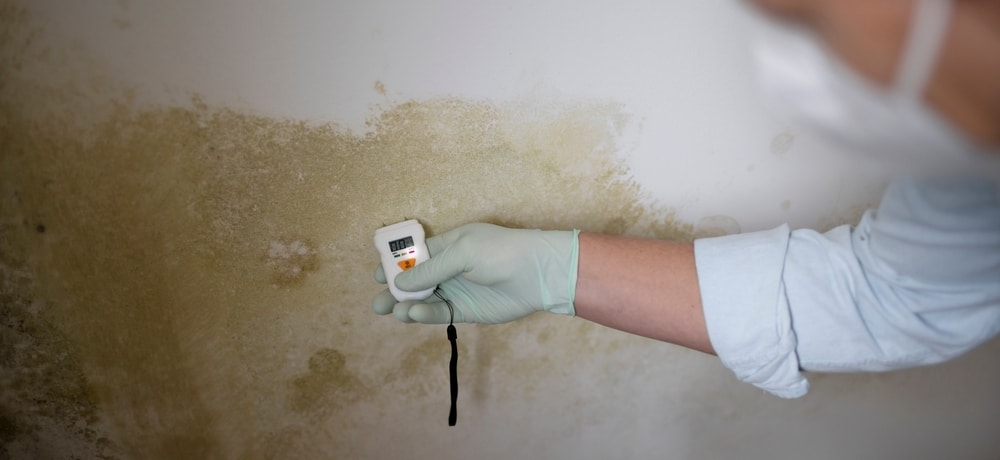




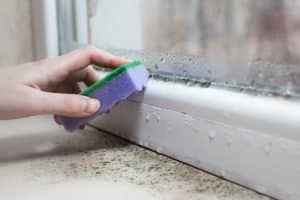






















Add comment
You must be logged in to post a comment.